The Evolution of Sepedi Traditional Attire Over the Years
The Evolution of Sepedi Traditional Attire Over the Years
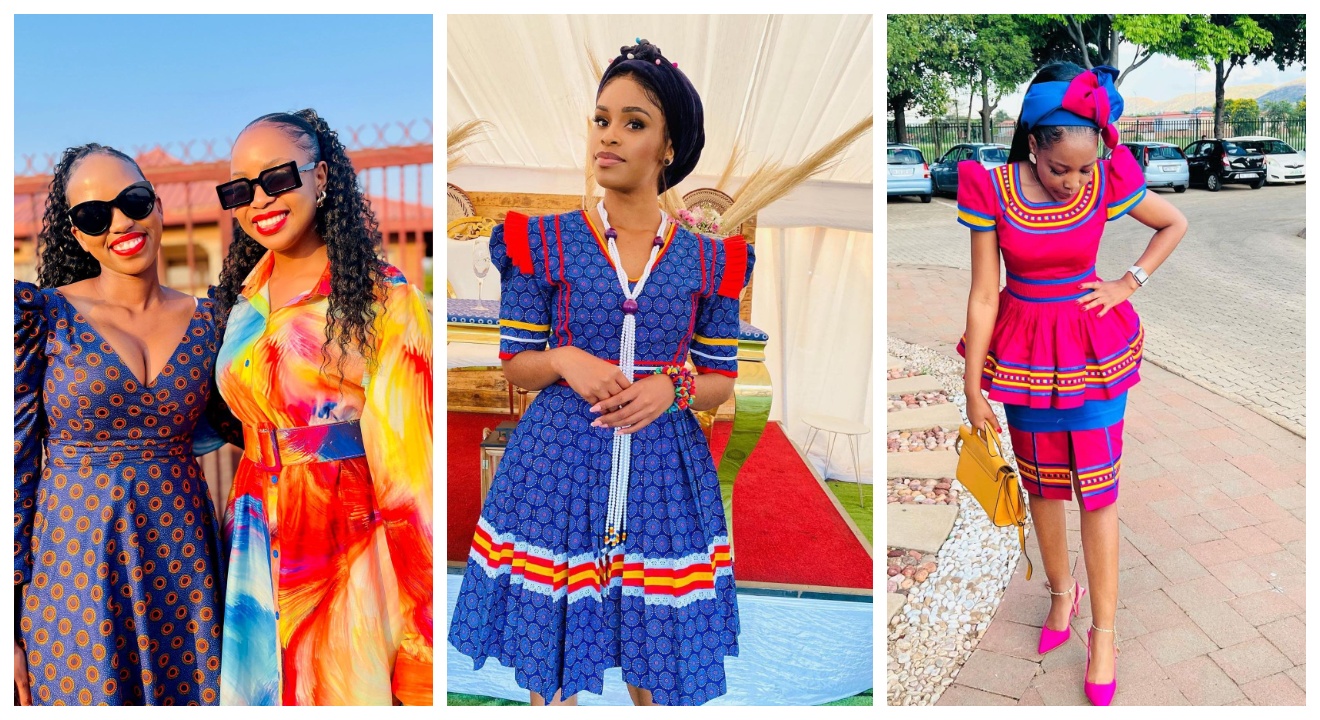
Introduction
Sepedi traditional attire has evolved over the years, reflecting the rich cultural heritage of the Sepedi people. From ancient times to the present, this attire holds great significance in Sepedi culture and has played a vital role in preserving traditions and customs.
A brief history of Sepedi traditional attire
The history of Sepedi traditional attire dates back centuries, with each era bringing its unique styles and designs. In the past, clothing was made primarily from natural materials like animal skins, beads, and grass. As time progressed, more intricate and sophisticated attire emerged, incorporating vibrant colors, patterns, and embroidery. Today, Sepedi traditional attire combines modern influences with traditional elements, creating a fusion that celebrates the cultural heritage of the Sepedi people.

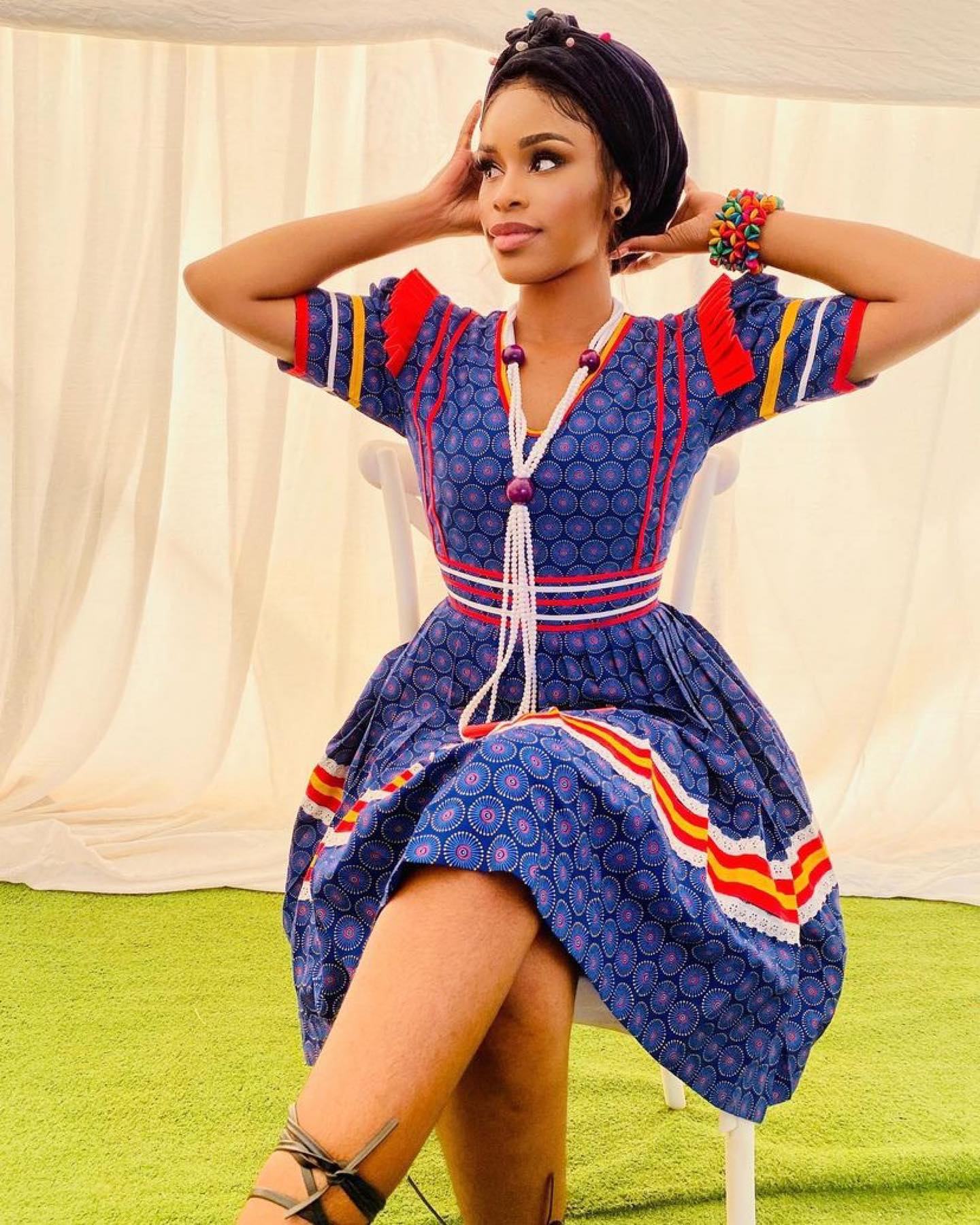

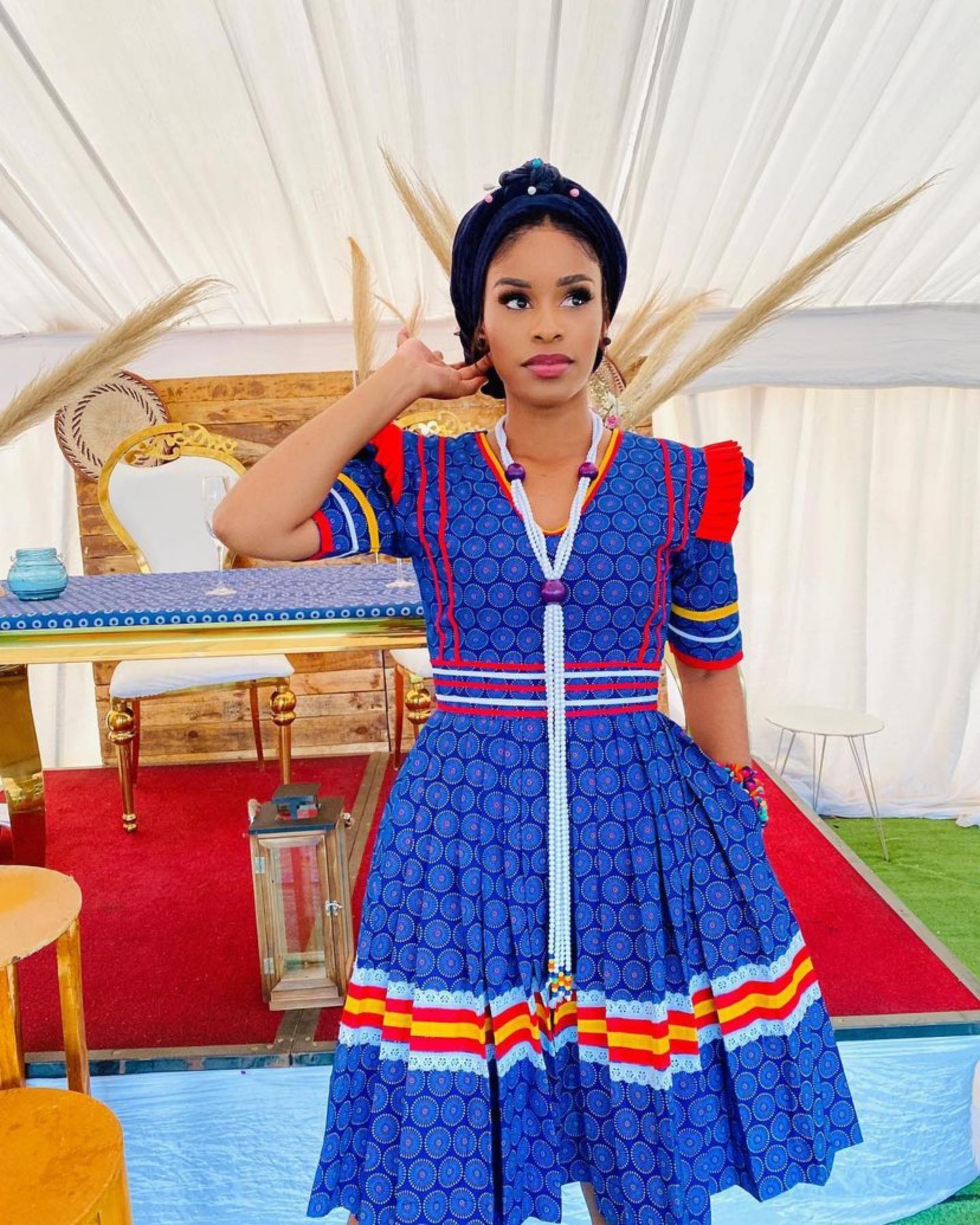
Significance of traditional attire in Sepedi culture
Traditional attire holds immense cultural significance in Sepedi society. It is worn during important ceremonies, such as weddings, initiation rites, and cultural festivals, symbolizing pride in one’s heritage. The colors, patterns, and accessories used in traditional attire often represent specific meanings and convey messages about an individual’s status, age, and role in the community. Additionally, wearing traditional attire fosters a sense of unity and belonging among the Sepedi people, preserving their cultural identity and promoting cultural pride.
In conclusion, Sepedi traditional attire has evolved over the years, but its significance in Sepedi culture remains strong. It not only represents the rich heritage of the Sepedi people but also serves as a powerful symbol of identity and unity within the community.

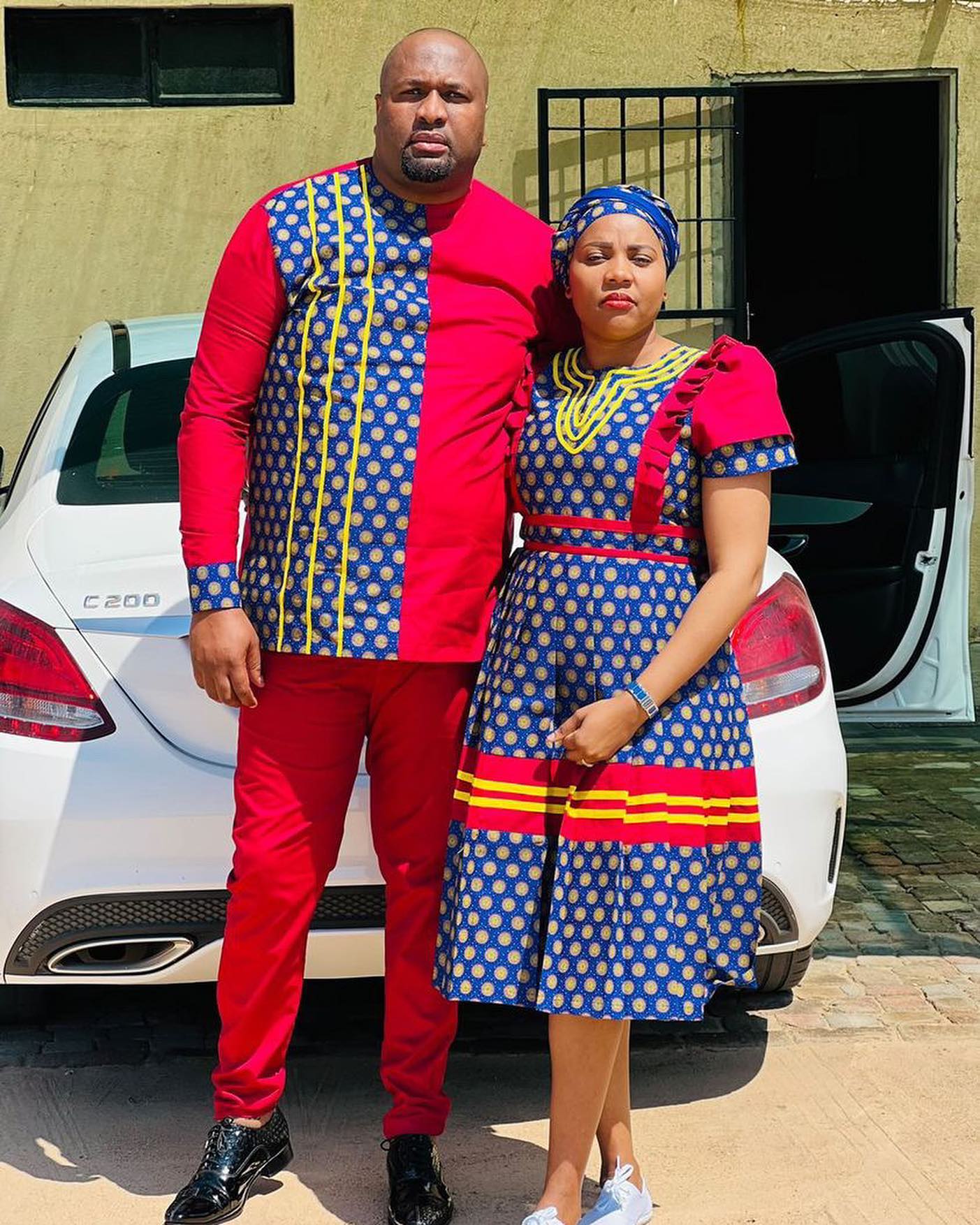
Traditional Attire during Pre-colonial Era
In the ancient times, Sepedi traditional attire held significant cultural and symbolic meanings for the people of the region. With a rich heritage, the attire reflected the identity, values, and beliefs of the community.
Sepedi traditional attire before the influence of European colonization
During the pre-colonial era, Sepedi traditional attire was primarily made from natural materials such as animal skins, furs, and plant-based fibers. The clothing was designed to be practical and suited the lifestyle of the community, which included farming and herding.
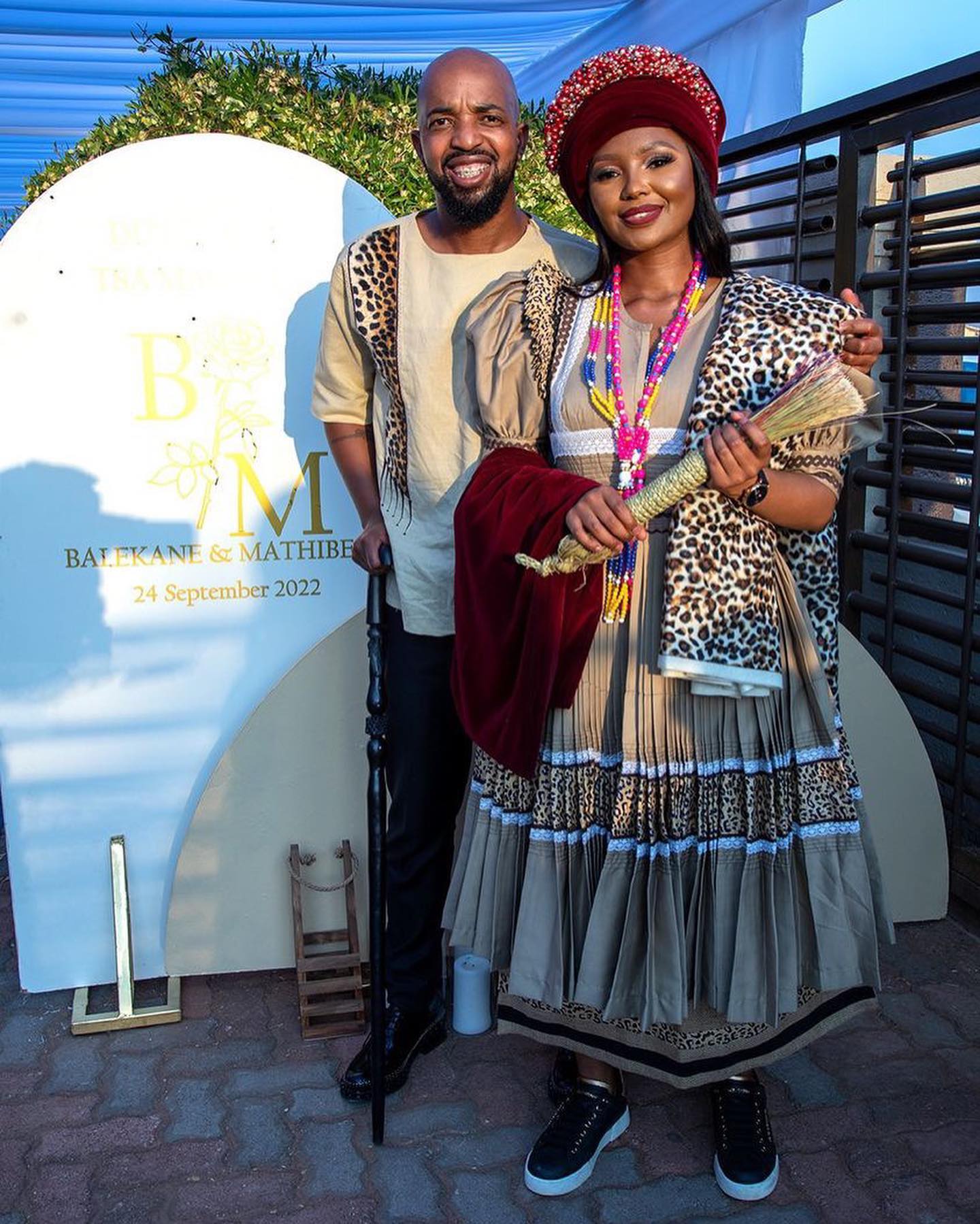


Materials, designs, and styles of the traditional clothing
The traditional clothing of the Sepedi people featured vibrant colors, intricate patterns, and unique designs. It often included garments like skirts, aprons, vests, and headdresses. Beadwork and embroidery were commonly used to embellish the clothing, showcasing the artistry and craftsmanship of the community.
The attire not only served as a form of self-expression but also played a role in social and ceremonial events. It reflected the age, marital status, and social standing of individuals, as well as the occasion being celebrated.
Over the years, the Sepedi traditional attire has evolved, incorporating modern influences while still maintaining its cultural essence. Today, it continues to be a source of pride, identity, and a symbol of the rich heritage of the Sepedi people.

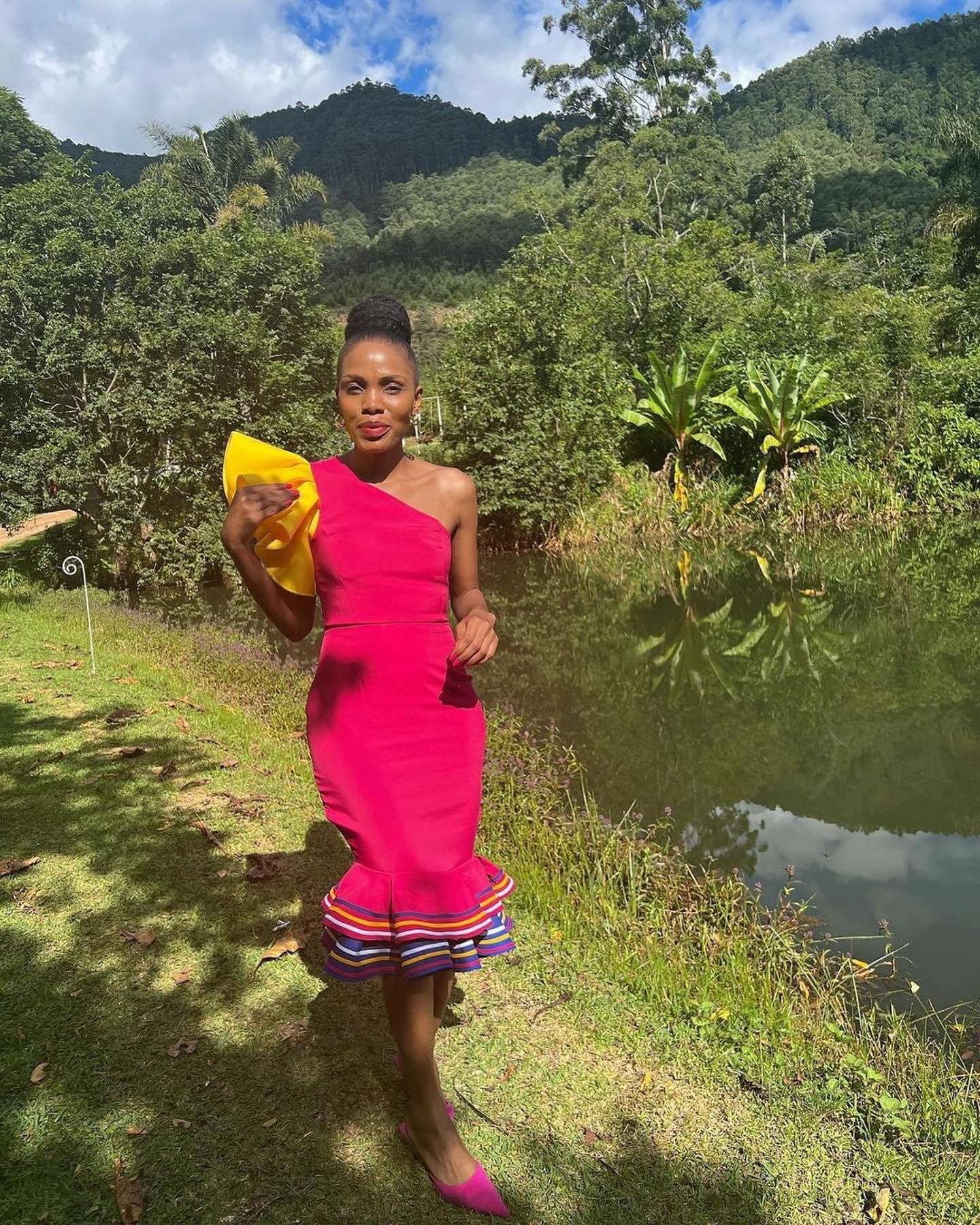

Colonial Era and the Influence of Western Fashion
Changes in Sepedi traditional attire during colonization
During the colonial era, the Sepedi traditional attire went through significant changes. The arrival of European settlers brought new ideas and influenced the fashion style of the local population. Many traditional garments and accessories were replaced with Western clothing, causing a decline in the use of traditional attire.
Introduction of western fabrics, styles, and accessories
With the introduction of Western fabrics, styles, and accessories, the Sepedi traditional attire slowly incorporated elements of Western fashion. Traditional fabrics, such as animal skins and woven grass, gave way to fabrics like cotton and wool. The influence of Western styles can be seen in the adoption of tailored garments, such as shirts, trousers, and dresses. Additionally, accessories like hats and shoes became popular among the Sepedi people, reflecting the fusion of their traditional attire with Western fashion trends.
Over the years, the Sepedi traditional attire has evolved, blending traditional elements with Western influences. Today, individuals proudly showcase their cultural heritage through intricately designed garments that pay homage to their ancestors while embracing modern fashion sensibilities.
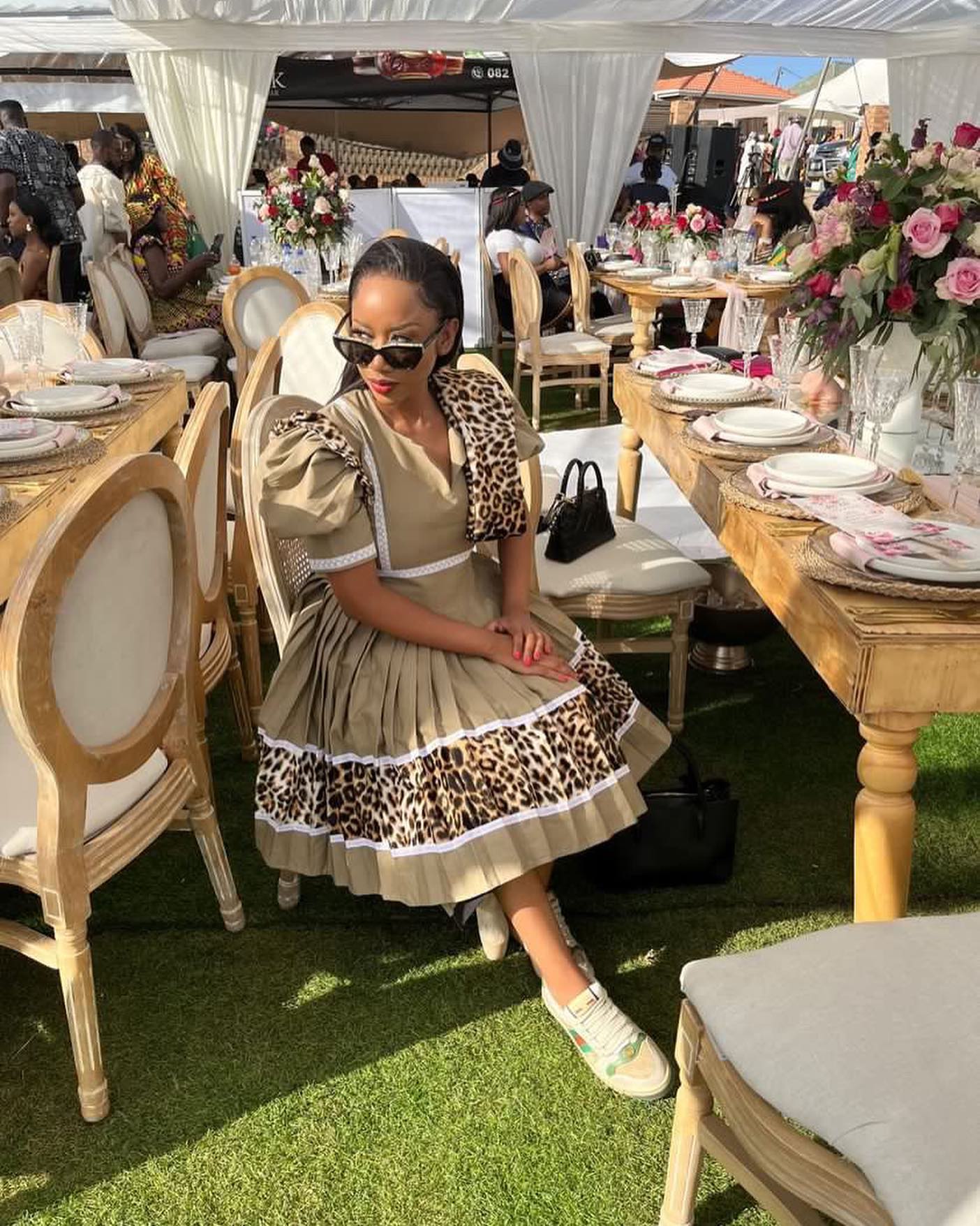

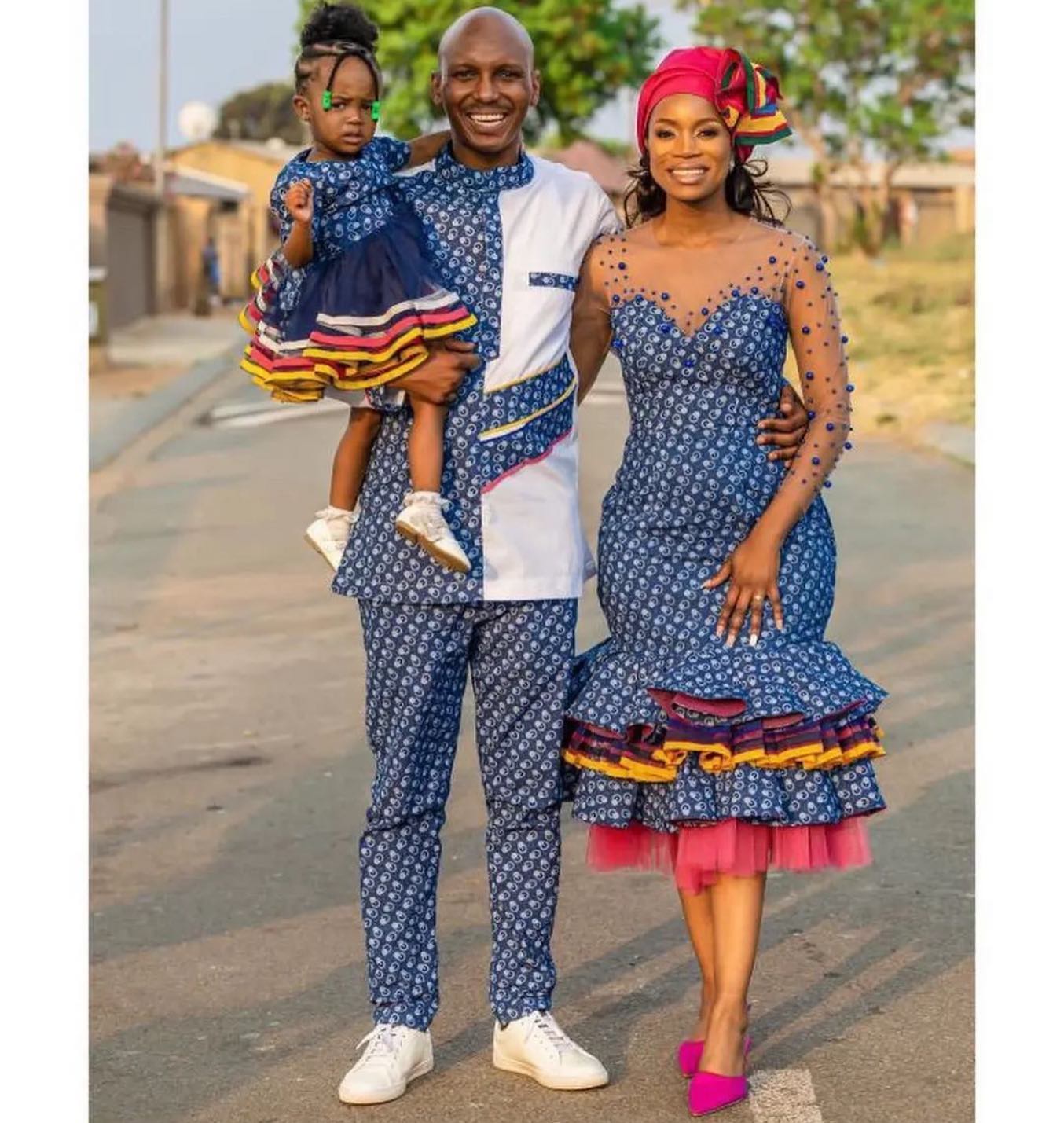
Post-colonial Era and Cultural Revival
In the post-colonial era, there has been a renewed interest in preserving and promoting the rich cultural heritage of Sepedi traditional attire. This resurgence can be attributed to a desire to reclaim and celebrate indigenous traditions that were suppressed during the colonial period.
Revival of Sepedi traditional attire in the post-colonial era
Following years of cultural repression, there has been a resurgence of interest in Sepedi traditional attire. People are now rediscovering the beauty and significance of traditional garments, such as the colorful and intricately designed skirts, dresses, and headwear. This resurgence has been fueled by a pride in cultural identity and a desire to reclaim and reconnect with their roots.
Efforts to preserve and promote traditional clothing
In order to ensure the preservation of Sepedi traditional attire, various initiatives have been undertaken. Organizations and individuals are actively working towards documenting and promoting traditional clothing through exhibitions, fashion shows, and educational programs. These efforts aim to showcase the unique craftsmanship and cultural significance of Sepedi attire, while also encouraging younger generations to embrace their cultural heritage.
Through these endeavors, Sepedi traditional attire is experiencing a revival, not only as a form of cultural expression but also as a source of pride and identity for the Sepedi people. The evolution of Sepedi traditional attire over the years is a testament to the resilience and determination of a community to preserve its cultural heritage.
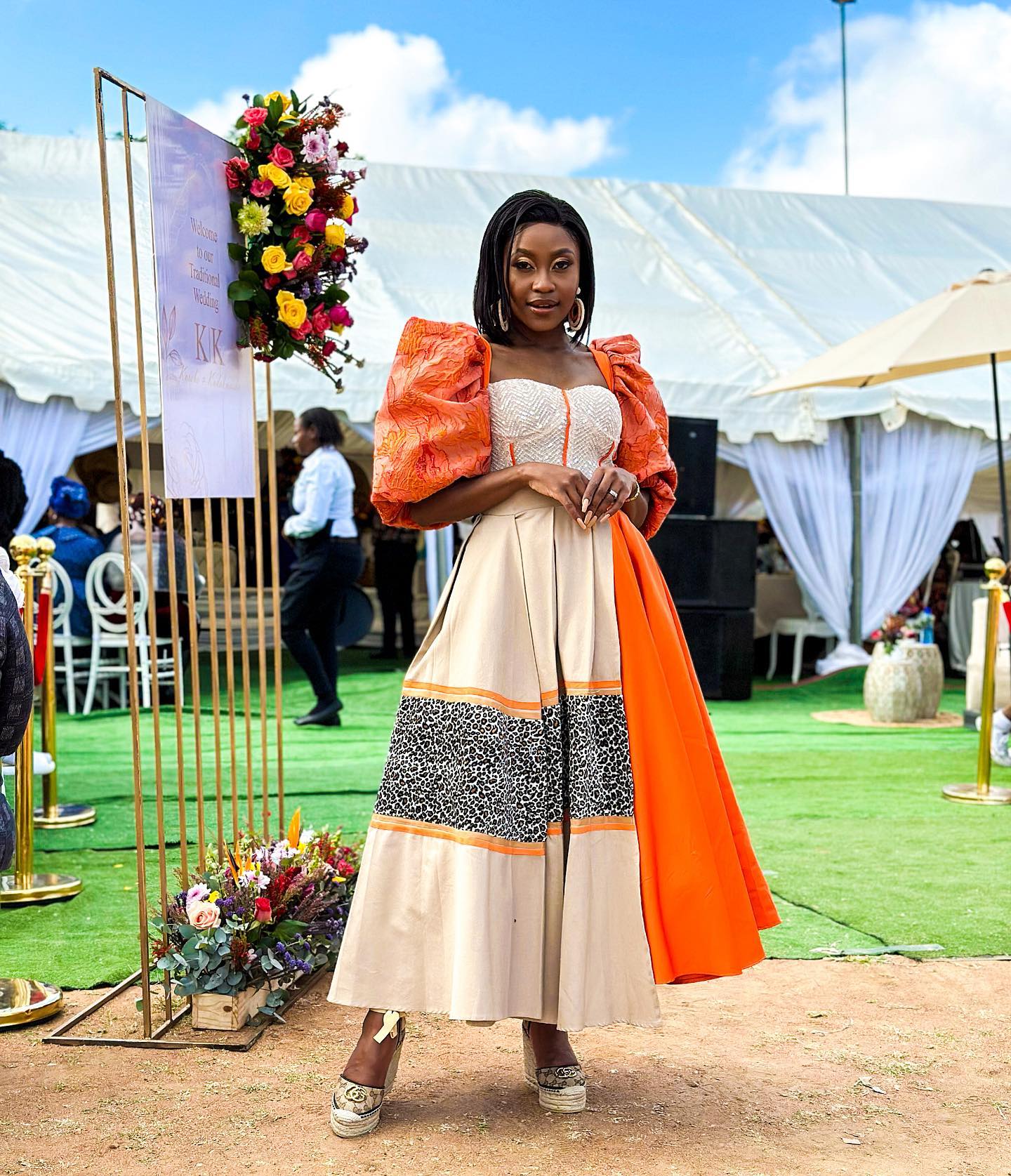
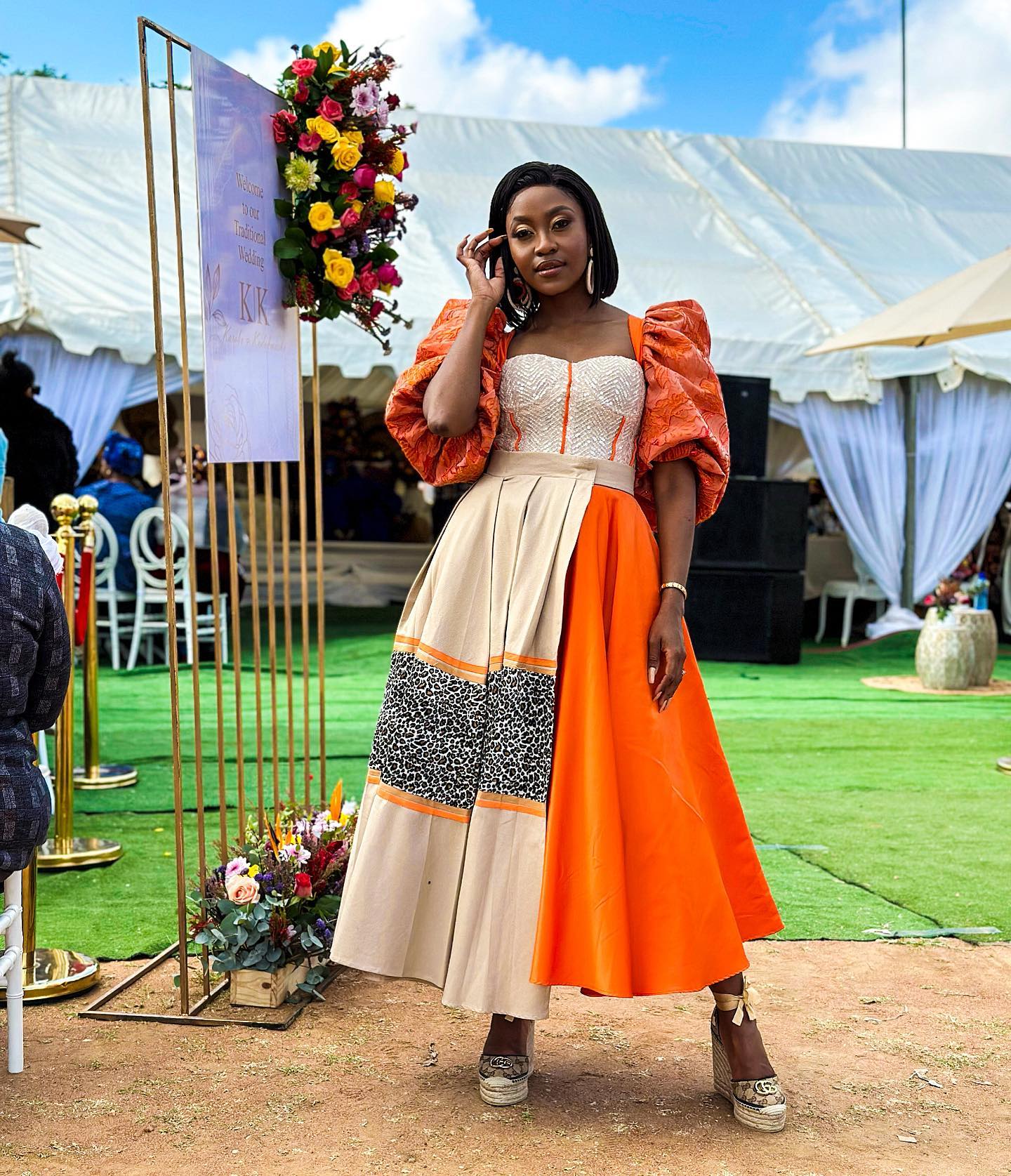
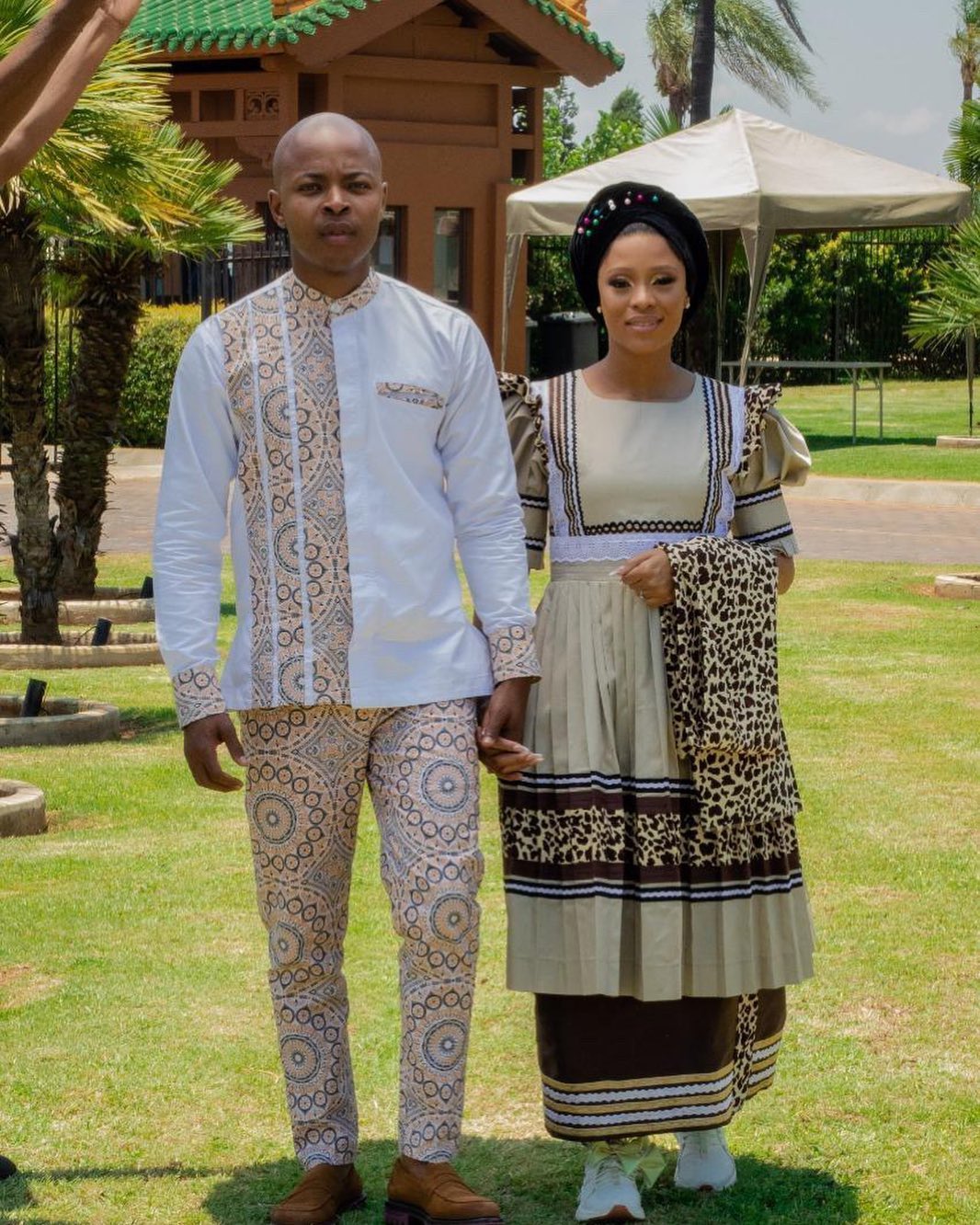
Contemporary Sepedi Traditional Attire
Current trends, designs, and styles in Sepedi traditional clothing
Over the years, Sepedi traditional attire has evolved, embracing new trends, designs, and styles while still honoring its rich cultural roots. Today, you can find a variety of vibrant and visually striking garments that showcase the beauty and elegance of Sepedi culture.
Current trends in Sepedi traditional clothing include the use of bold colors, intricate patterns, and unique embellishments. These garments often feature traditional elements such as the front apron known as “go rapa” or the multi-layered skirt called “thoba.” Many designers also incorporate modern silhouettes and cuts to create a more contemporary look.
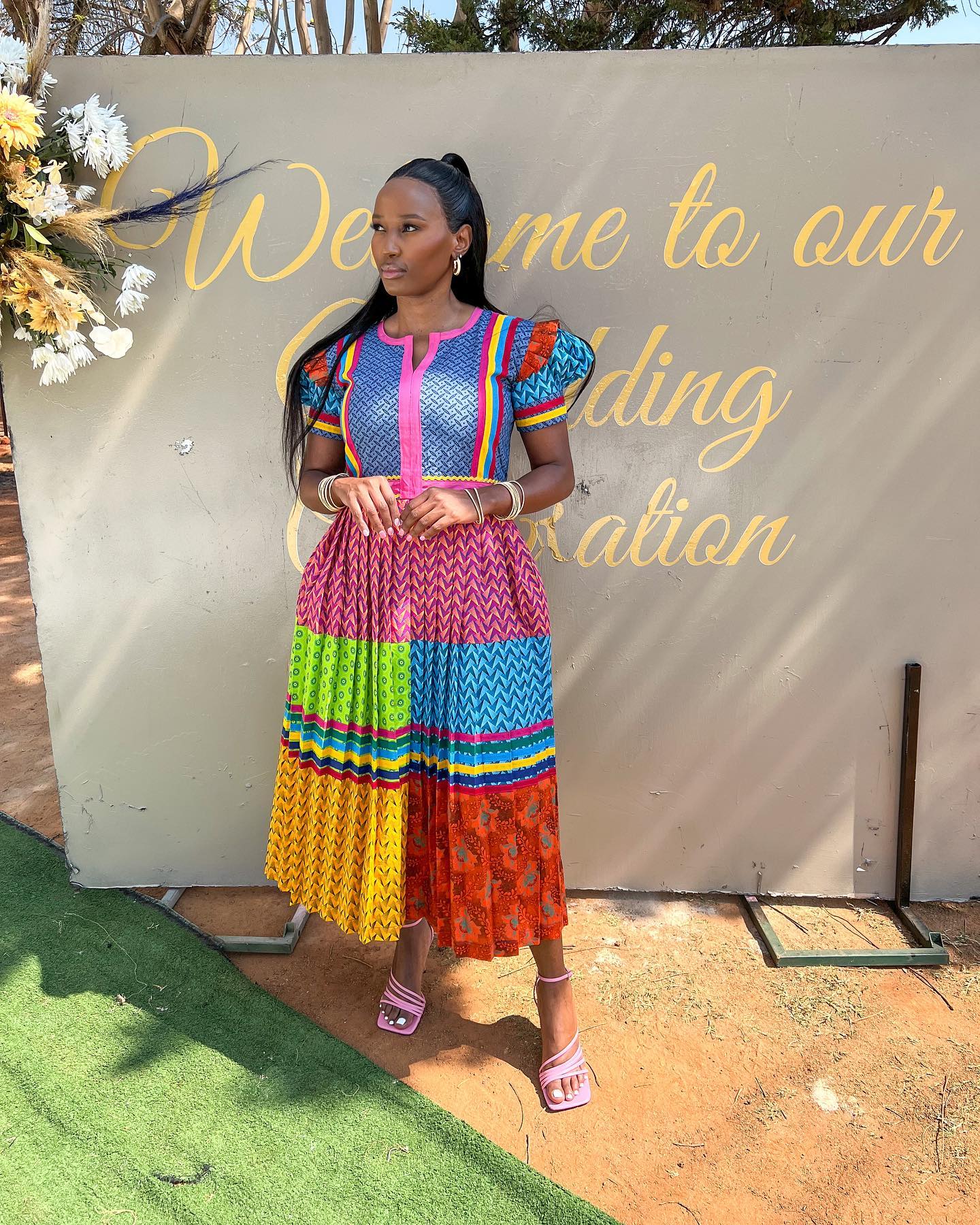
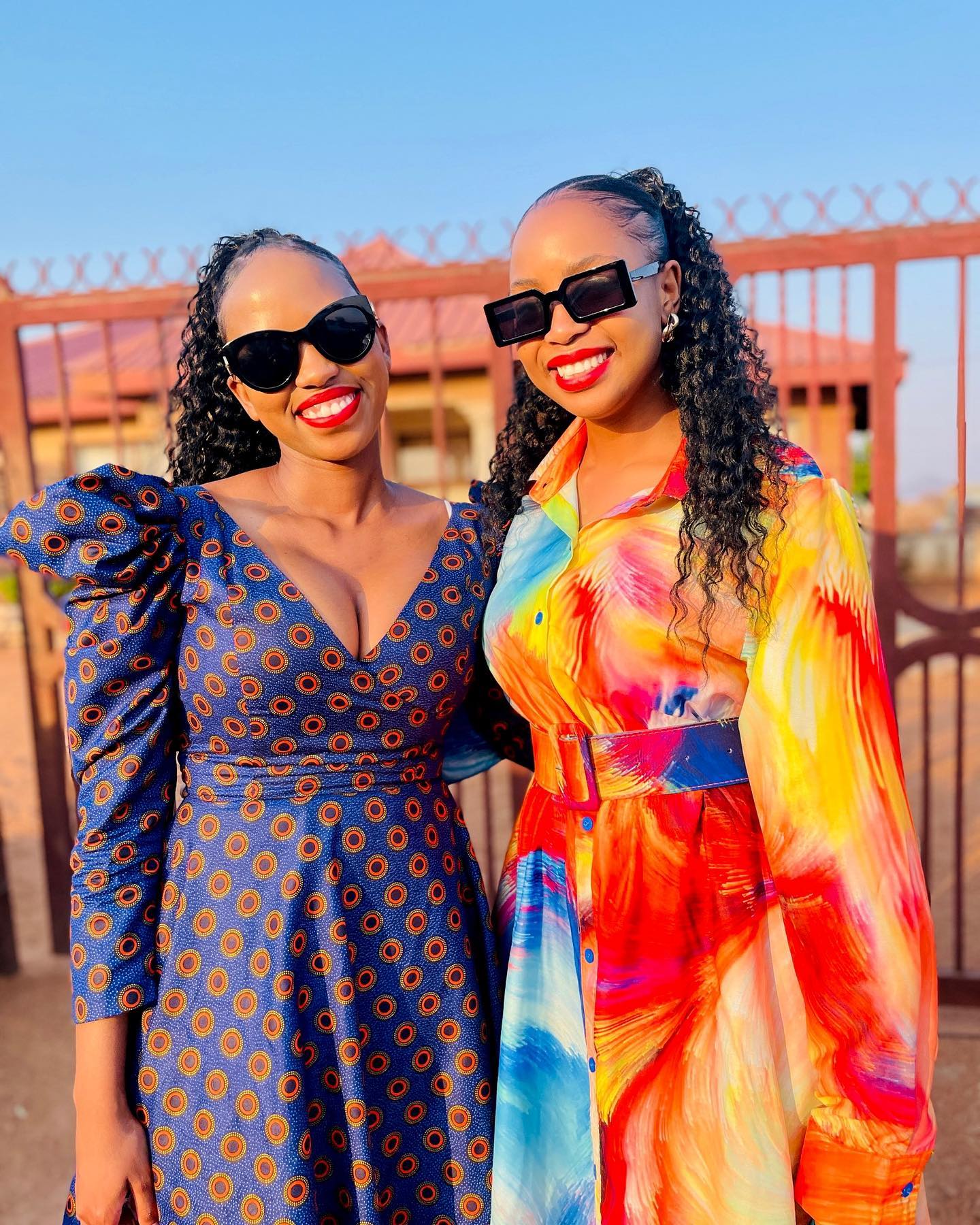
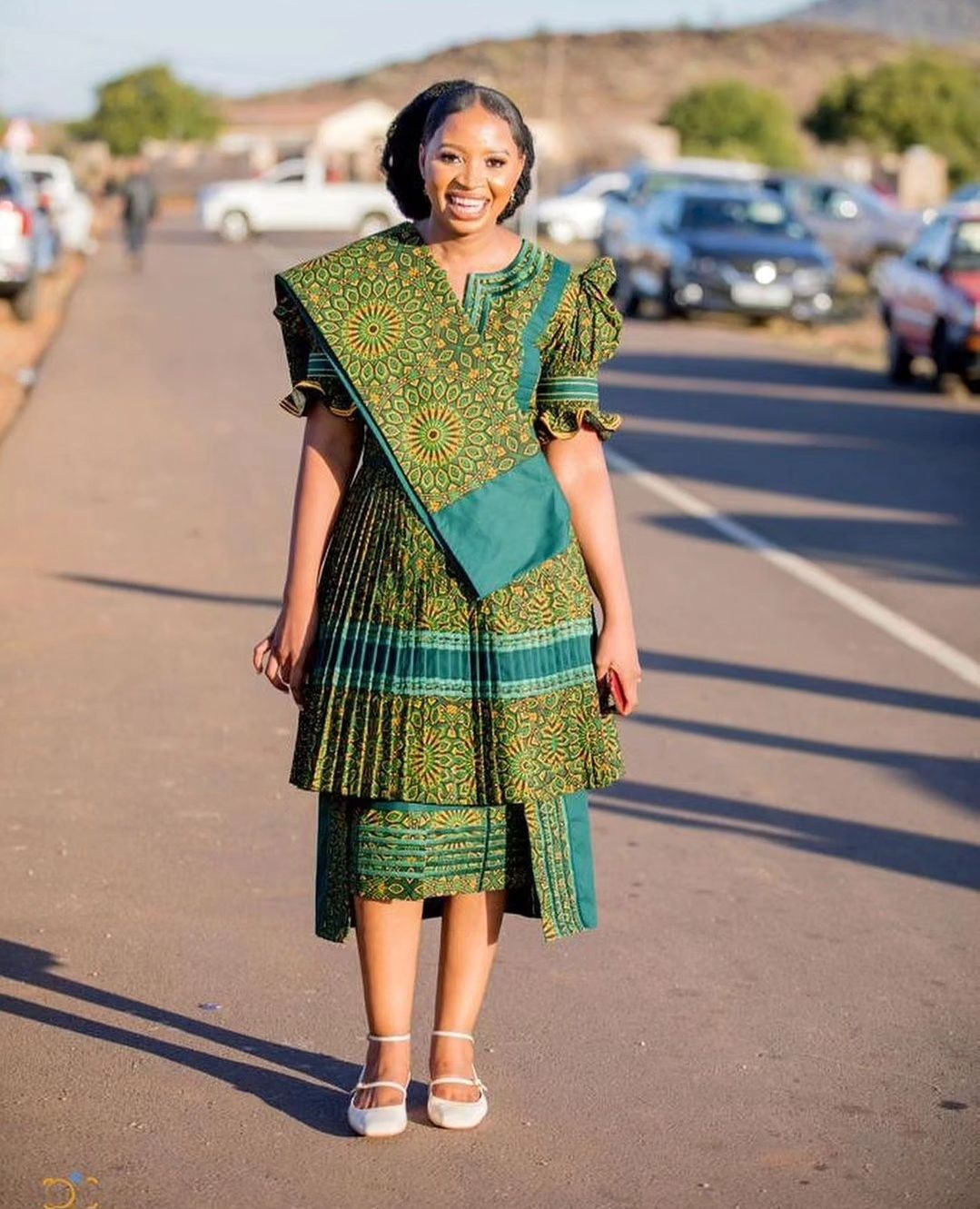
Incorporation of modern elements and fashion influences
In recent years, there has been a growing trend of incorporating modern elements and fashion influences into Sepedi traditional attire. Designers are experimenting with different fabrics, textures, and accessories to add a modern twist to traditional garments. This fusion of traditional and modern styles allows individuals to express their cultural heritage while staying fashionable and on-trend.
The evolution of Sepedi traditional attire demonstrates the adaptability and creativity of the Sepedi people in embracing change while preserving their cultural identity. This contemporary approach to traditional clothing not only keeps the culture alive but also appeals to a wider audience who appreciate the beauty and uniqueness of Sepedi fashion.
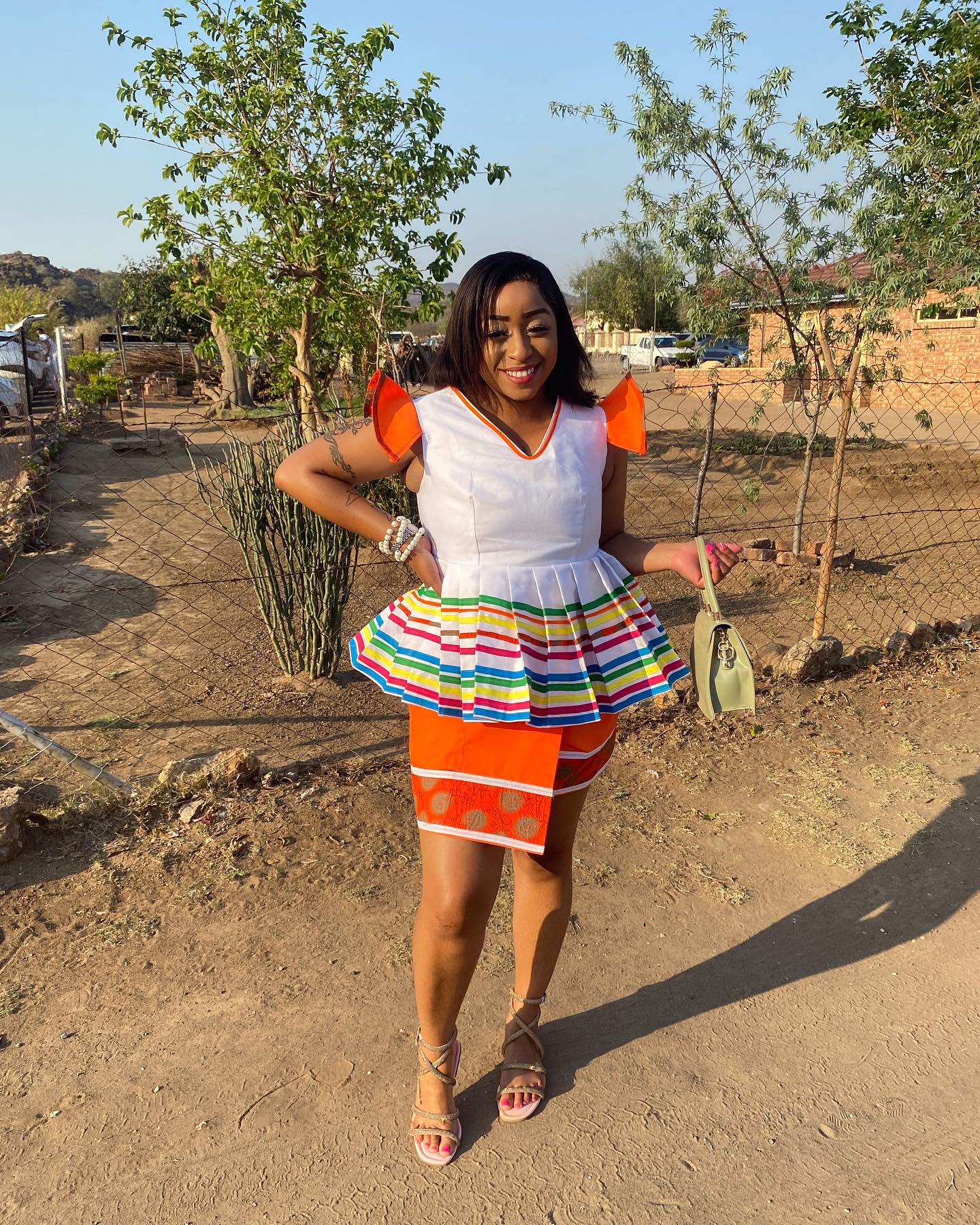


Comments are closed.